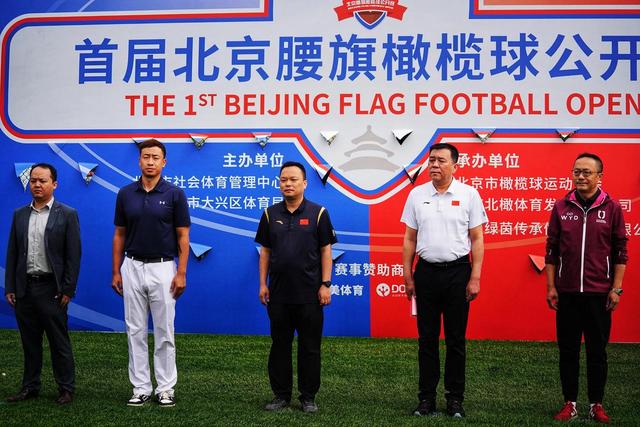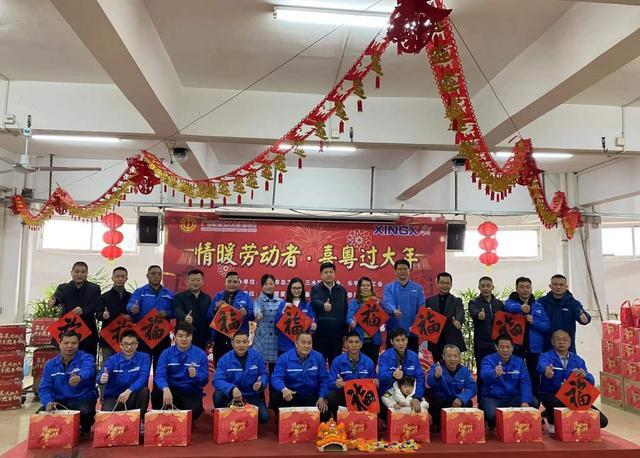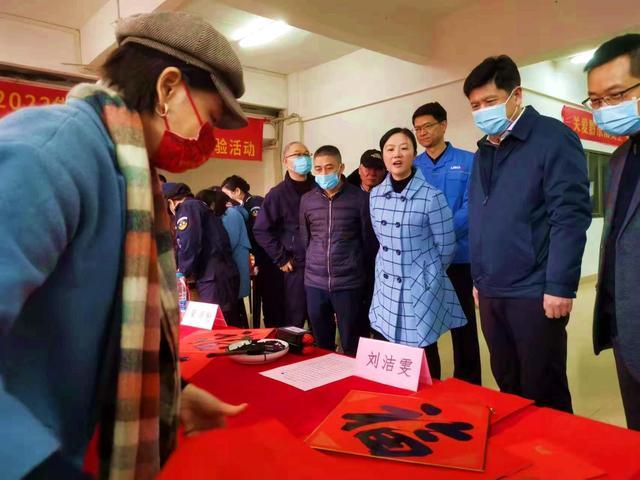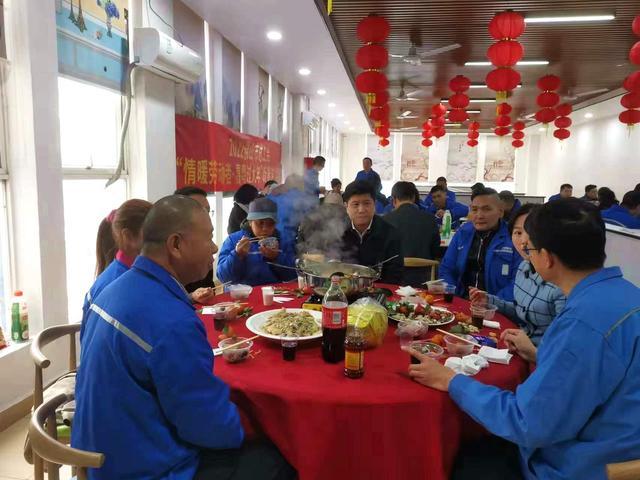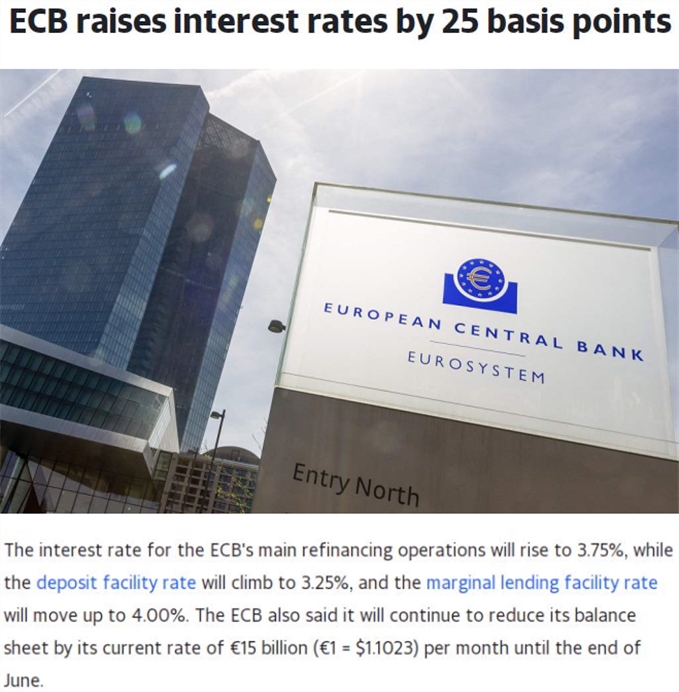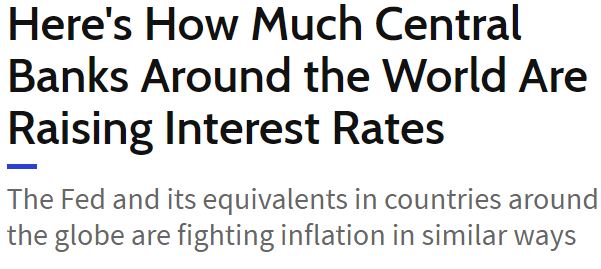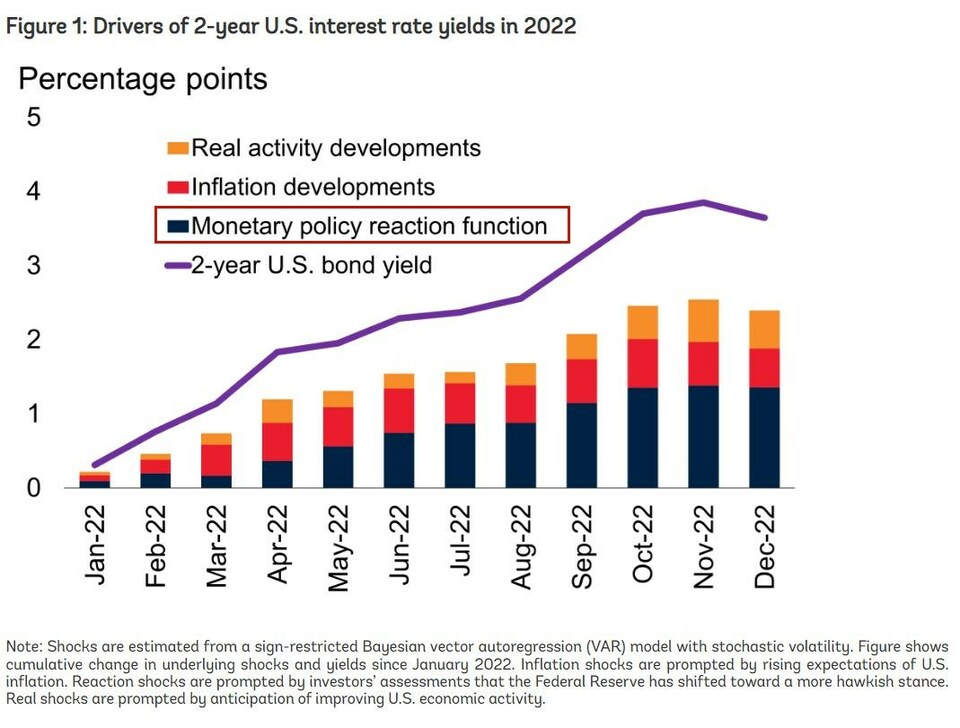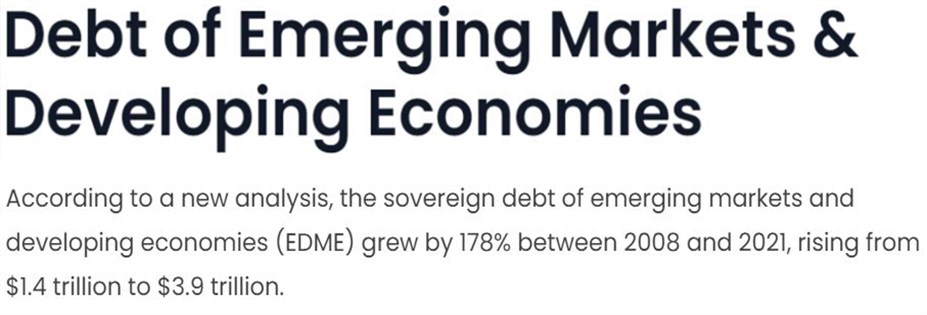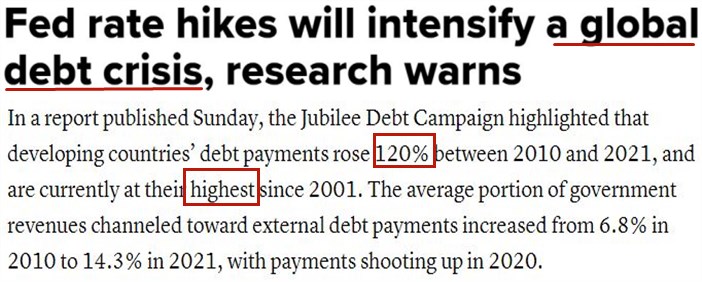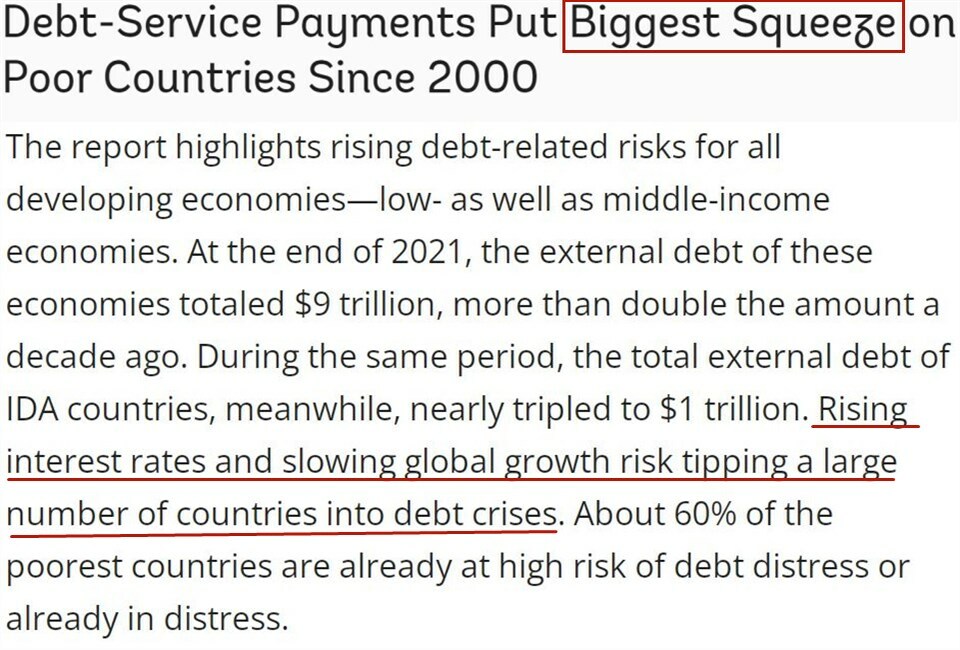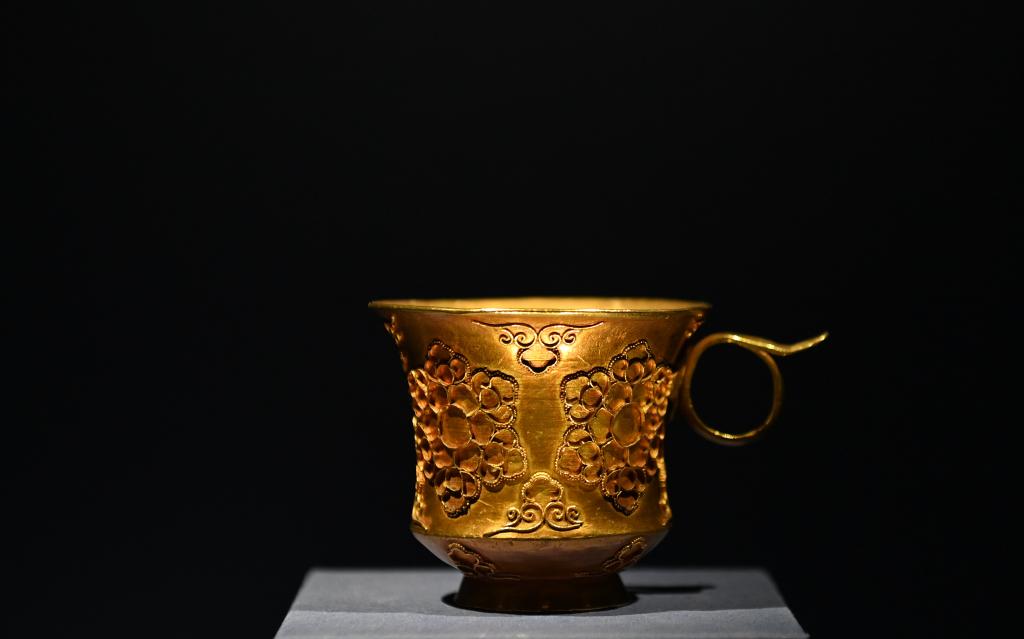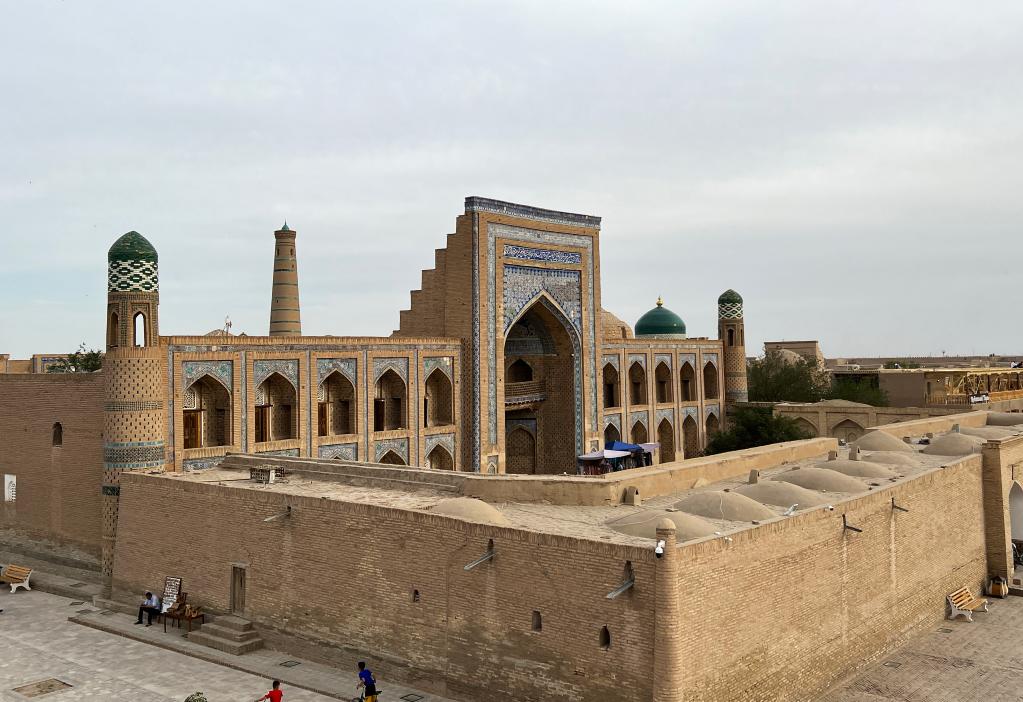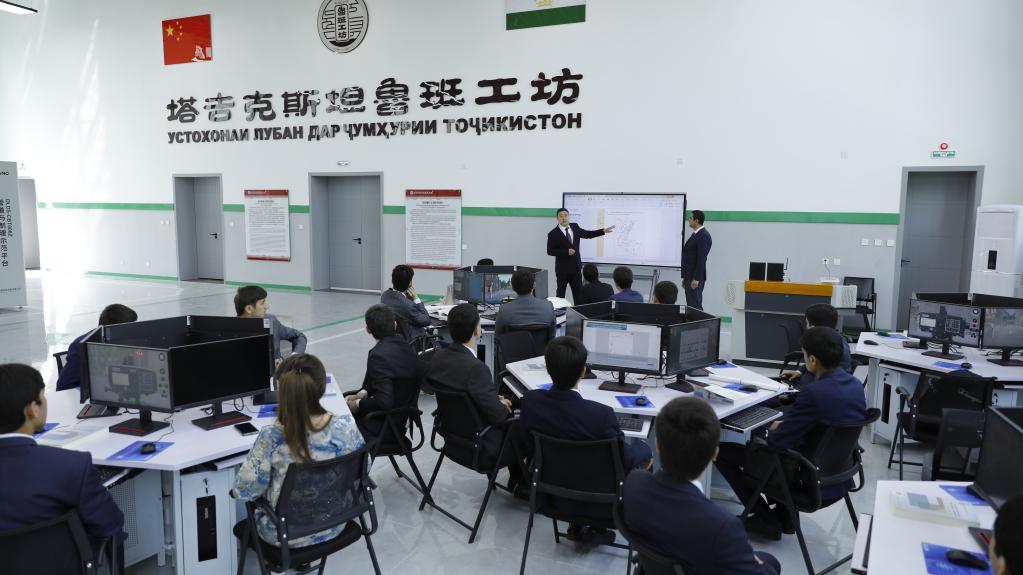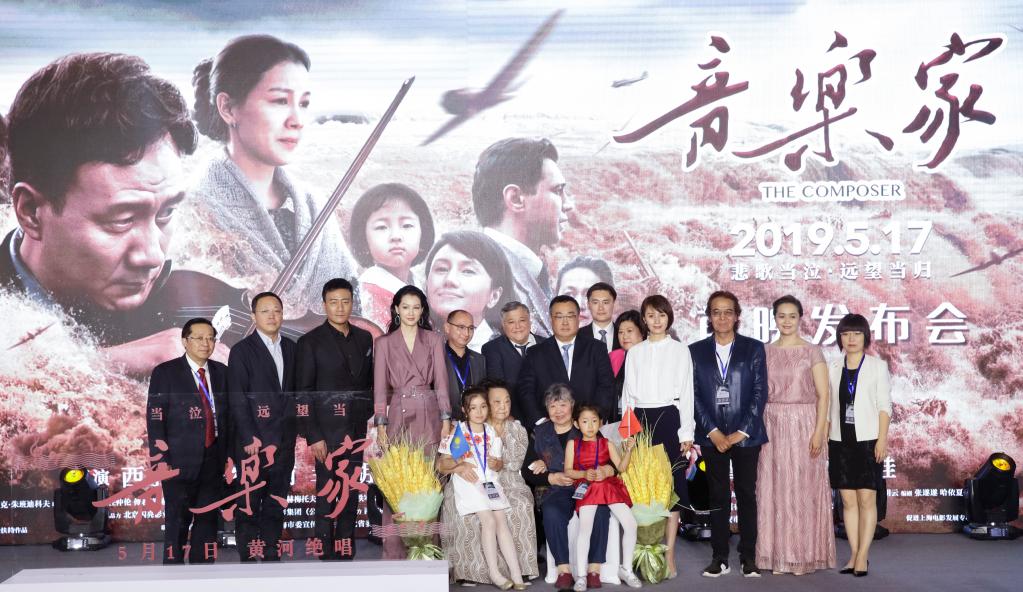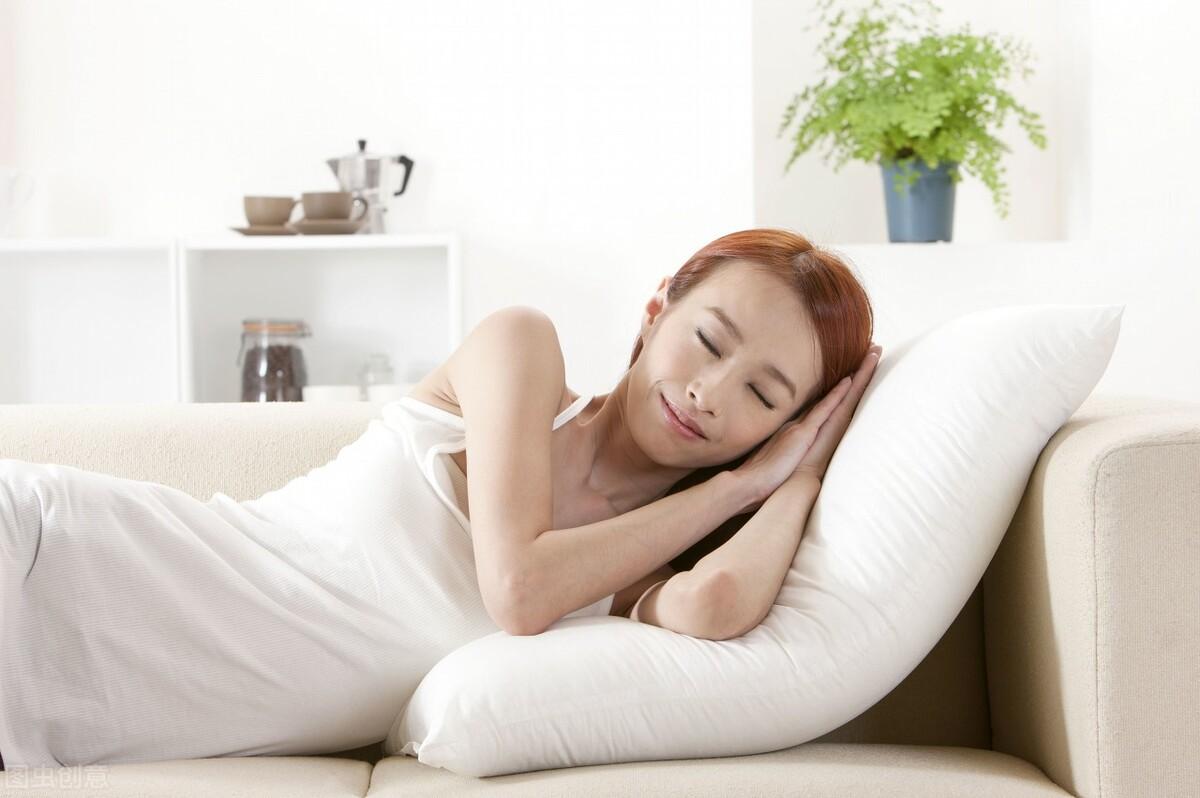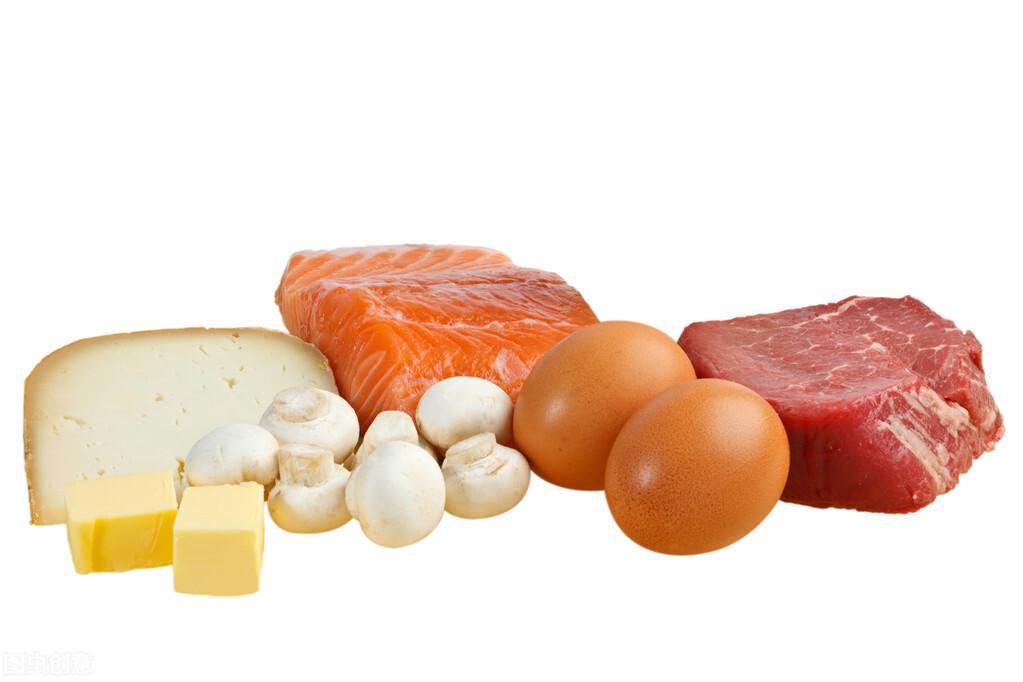
The maintenance workers of Metro Line 2 are repairing the side of the subway.

In the early morning, the last bus of Metro Line 2 is returning to the warehouse.
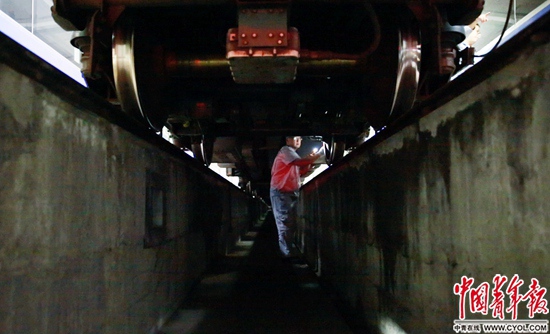
The maintenance workers of Metro Line 2 are inspecting the bottom of the car in the tunnel.
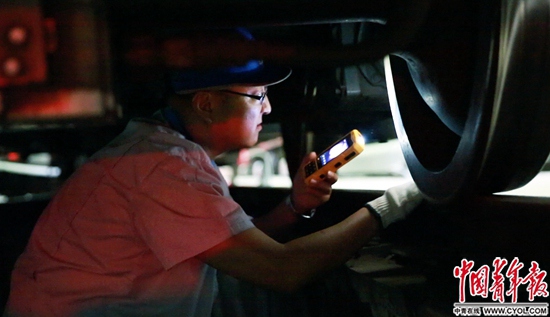
The maintenance workers of Metro Line 2 are using electronic equipment to repair the subway that has just returned to the warehouse.

In the early morning, the driver of Metro Line 2 was at work. The pictures in this group were all taken by China Youth Daily and China Youth Network trainee reporter Li Ruoyi/photo.
At 1:23 am, the last bus in beijing subway line 2 just finished its last "throughput". Starting from 5:10 the day before, Metro Line 2 has picked up 994,500 people. After leaving the last night, the last bus is preparing to go back to the library for a "rest". At this time, the subway repairman is "physically examining" the subway cars to ensure that they can be successfully connected to the first wave of "morning walkers" at 5:10 after more than three hours.
Night economy has become a new growth point of urban consumption, and major cities have been digging for night economy, and Beijing is one of them. According to the Research Report on the Development Trend and Consumption Behavior of Night Economy Industry in China from 2019 to 2022 released by Ai Media Consulting, the development scale of night economy in China will show explosive growth, and it will exceed 30 trillion yuan in 2020.
Night economy includes clothing, food, housing, transportation, travel, entertainment and many other aspects, and traffic is more to escort night travel. On July 19, in order to meet the travel needs of night returnees, Beijing Metro Lines 1 and 2 extended their operating hours every Friday and Saturday; At the same time, there are night buses, night taxis, online car rides, driving and other travel tools to escort night returnees.
Take the first subway home.
The end of ordinary people’s work is the beginning of a "sleepless" day. After the extended operation, the last train of Metro Line 2 entered the station from 23:48 to 1:23 the next morning, and a total of 18 subways were opened, with an average of one for each night shift driver. At the same time, the working hours of subway stations, power supply, maintenance and other departments have been extended accordingly.
Zhang Qingsheng, a driver who has been driving for more than 20 years, drove the extended last bus. I got off work at 1:23 in the morning and went back to the dormitory to wash. It was already 2: 00 in the morning, and I had to get up at 6: 00. You need to drive 7 ~ 8 laps a day, and the duration of a lap is 45 minutes. "Because Line 2 is a ring road, sometimes it is too tired. After driving for more than 20 kilometers, there is an illusion of spinning in the same place."
Wang Jinghui, director of the Taiping Lake Maintenance Center, and his team members have just begun to drive the last subway back to the library in Zhang Qingsheng. They have to overhaul more than 40 groups of cars every day, and a group of cars has to inspect 1,000 ~ 2,000 points, including the overhaul of electrical appliances, the replacement of wearing parts, sanitary cleaning, etc. It takes about 20 ~ 30 minutes for a car, and there are 7-8 people in the overhaul group. It usually takes more than 2 o’clock to finish the overhaul, and it takes about 3 o’clock after the extension. After about an hour’s rest, it is time to get up and send the car out of the library.
"In July and August, you can feel the pain of your brothers." Generally, it is necessary to repair the underbody and wings of the vehicle. Among them, the underbody needs to be squatted in the pit for inspection, and there is no way to straighten up. In summer, the temperature of the pit is over 40 degrees, and the bottom of a car needs to be overhauled for about 15 minutes. The clothes are like washed clothes. "The clothes are not washed, but retted."
It is a habit that Wang Jinghui and his team have always formed that they don’t go anywhere and come to work after taking a nap on every day when they need to work at night. The night shift is from 17: 30 to 8: 30. Among them, two or three o’clock in the morning is the most sleepy time. Some people choose to come over for a midnight snack, some people get up and have a cup of tea, and some people go to the door to cool down.
In some places and times that public transportation can’t reach, driving and other modes of travel have become the choice of those who return home at night. According to the "2018 Entertainment Index Report" released by the National Big Data Research Center for e-driving in January this year, in 2018, the number of driving services nationwide reached 267 million, and first-tier cities such as Beishangguangshen and Shenzhen were the cities that used driving services the most.
In the past year, Fu Cheng from Henan was one of the providers of hundreds of millions of driving services. This year, it is the 20th year of his drifting to the North. A few years ago, he was still doing car sales and started to work as a part-time driver. He was just laid off years ago, and driving has gradually become the main business. At 7 o’clock every night, he will go out on a folding bicycle weighing 19 kilograms and start taking orders. He usually closes at two or three in the morning and sleeps until noon after returning home.
"The nightlife in Beijing is rich, and the demand for driving is even greater." Now, you can earn 5,000 ~ 6,000 yuan a month. If you work full-time as a driver, you can earn more than 10,000 yuan a month. Because of the low input cost, more and more people are beginning to enter this industry, especially some online car drivers are beginning to switch to driving. In the past, drivers used to go back after midnight and didn’t want to stay outside. Now, until 6 o’clock in the morning, there are still many lists on the other side of the work, and some full-time drivers will take the first subway to get home.
Low-headed people and drunkards
Everyone who works at night has a story more or less. They deal with all kinds of people and see all kinds of life.
At night, passengers usually gather at a fixed time or a fixed station to get on and off. Wang Yueqian, deputy director of the crew center of Line 2, said that there are sports events or performances in the workers’ stadium. When the event is over, fans or fans flock in and fill the whole platform. At this time, vehicles will be added to allow passengers to get on the bus quickly. On weekdays, after 11 o’clock at night, there are actually no people on the subway.
Interestingly, you can use the bus card to predict the wage income level of a region. Wang Yueqian pointed out that because Fuxingmen subway station is close to Financial Street, many passengers’ bus cards cost several thousand yuan at a time, and the wages of office workers who get off at this station are not low.
The "low-headed family" has become a major landscape of the platform. Zhang Yaxin, a post-90s subway driver, said that it was very eye-catching because he had to stare at monitors and screen doors all the time. He found that at night, there were many young people on the platform, most of them were playing with their mobile phones, and occasionally some people were chatting. After zero, people in Chongwenmen and Chaoyangmen are relatively concentrated, among them, most of them are after 90 s and 00 s. Shao Nan, a driver who joined Zhang Yaxin in the same year, also observed that there were some people who just got off work in the subway at night, and they looked a little tired and lazy.
Different from the scenery seen by subway drivers, people who deal with drivers on behalf of drivers are all people in the wine bureau, especially those who are drunk.
Fu Cheng observed that most of the guests from 8: 00 pm to 10: 00 pm originated from large restaurants or time-honored restaurants; From 10 pm to 2 am, most customers come from KTV, pedicure shops and so on.
On one occasion, he took an order at 9: 00 pm. When he first got on the bus, two men were chatting all the time. After one of them got off the bus, the other fell asleep, so he couldn’t wake up. He could only drive to a monitored place and wait, but he didn’t dare to rest. He just sat in the car for a while and then stood on the ground for a while. Seven hours later, the man’s wife finally called and took the man home.
As a network car driver, Shanghai from Liaoning will meet all kinds of people when driving at night. He often pulls people into nightclubs. In his opinion, there are two kinds of people in nightclubs, one is particularly happy, and the other is particularly unhappy. Most people come to get drunk, some people fall down when they get on the bus, some people talk nonsense, and some people hand him a cigarette when they come up. "Come, master, smoke a cigarette with your buddy."
For Shanghai, it is the basic accomplishment of drivers to stop at a suitable place and let drunken people vomit. But some guests will throw up in the car and blame the driver for driving unsteadily; However, once he was deeply impressed by an understanding experience. A drunken guest stopped him several times. When he got off the bus, the guest was very embarrassed and gave him a 200 yuan tip. He couldn’t accept the money, but he felt very warm in his heart.
Nightlife is the epitome of urban development.
People who return home at night light up the "night capital", and behind it is the invisible waiting of "sleepless people". Working at night has its particularity, because it is often upside down day and night, and it will encounter many "bad worries" and leave some sequelae.
"This is an industry that looks at luck." Fu Cheng said that when you are lucky, it is easy to earn a few hundred yuan a day, but if you are not, you may lose money. Once, at 7 o’clock in the evening, he received an order to go to a ravine in Fangshan, Beijing. The driving fee was 127 yuan, after deducting 20% management fee, 90 yuan was left. I took a bus to Liangxiang and spent 70 yuan. It took 20 yuan to carpool from Liangxiang to Liuliqiao. It was already 2 am when I got home by bus. "Even if I lose money, the key is that I can hardly come back."
"The mentality determines the state of a person’s work." Fu Cheng said that the system occasionally randomly distributed some "partial orders", but it also taught him to "hitchhike". On average, one month, he will receive a ticket to Langfang, Hebei Province, and he can earn about 100 yuan on one trip. Whether it’s a private car or a taxi, he waved and stopped, asking the driver to do it conveniently and take it to a place as close as possible to Beijing. In addition, a customer once asked him to send the car to be repaired. On the expressway, the windshield in front of the car suddenly lifted and was completely broken, and finally the customer lost 1300 yuan.
Fu Cheng is also changing from a "white" driver to an "old slick" in the industry. When a passenger asks him to "stand by for a long time", he will report to the platform first, then call the police and contact the passenger’s family by registering his mobile phone number. Fu Cheng likes the present situation very much, enjoys the freedom of driving, and occasionally goes out to do odd jobs, earning hundreds of dollars a day.
Because the day shift and night shift are upside down, I often can’t sleep. Wang Jinghui thought of many ways. At first, she read novels, and then she watched the news. It was not really sleepy, but her eyes were too tired to support. Recently, he began to listen to e-books again, and sometimes he woke up and had already played dozens of chapters.
In Wang Jinghui’s office, there is always a sphygmomanometer. Almost everyone in the team has high blood pressure, which is a "sequela" left by staying up late. In addition, because the maintenance always keeps an action, there are more or less problems in the shoulders, neck and waist of each maintenance staff. When resting, in order to treat lumbar disc herniation, Wang Jinghui will do a massage once a week on average.
"Compared with when I first started working, the night in Beijing is brighter." Wang Jinghui said that there are more consumers coming out at night. After the extension of the subway, it not only broke the original operation mode of him and his team, but also worked overtime. "As a public service organization, we are duty-bound."
"From the changes in the subway, we can see the epitome of a city’s development." Wang Yueqian worked in the subway industry in 1986. He remembers that the earliest last bus of the Beijing subway was collected at 9: 00 p.m. At that time, the entertainment activities at night were not very rich, so he went off work with his colleague Kan Kan Dashan. Or at night, neighbors gather in a yard to show movies together. Later, the subway changed to collect cars at eleven o’clock in the evening. Up to now, the flight attendants went to bed after one o’clock in the morning.
With the increasing demand for people’s consumption at night, the operation hours of shopping malls may be extended in the future, and the supporting traffic may also be extended. At the same time, the driving mode of the subway may also change, from the current automatic driving to unmanned driving. "We are also trying to adapt."
China Youth Daily China Youth Network Trainee reporter Zhao Limei Li Ruoyi

